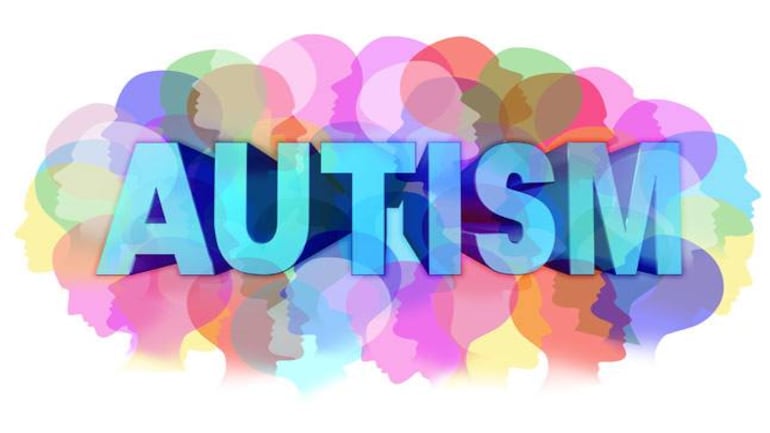Autism is a type of spectrum illness that influences the affected individual’s perception of the world and impacts interaction with other people. It is generally diagnosed at birth. If your child experiences the usage of Tylenol during pregnancy, you are eligible to file a Tylenol Lawsuit to seek legal remedy.
Autism causes significant difficulty in carrying out the daily tasks of life. The severity of difficulties depends on the level of autism experienced by an individual.
Autism spectrum disorder affects how a person perceives the world and interacts with others and their surroundings. The disorder can make it challenging to participate in daily life. Doctors use levels to describe autism and determine the assistance required by affected individuals. As per the DSM-5, autism is categorized into the following three levels.
click here – 6 Tips For Nurses To Advance In Their Career
Level 1: Requires Support
The people affected with level one autism require some support for carrying out daily tasks. The symptoms of the first level of autism include difficulties in making friends, initiating conversation with people, and responding to others according to social expectations. Other difficulties are as follows:
- Staying interested in the conversation
- Getting impulses to repeat a specific behavior
- Experiencing discomfort with changes in the environment
- Issues in staying organized and planning things
Level 2: Requires More Support Than Level 1 Individuals
The individuals affected with the second level of autism require more assistance in life than those affected with level one of autism. They face severe difficulties in socializing and talking with people. Even with assistance, these individuals will have issues maintaining coherent communication. Their responses may be deemed inappropriate or weird by neurotypical individuals.
The Symptoms Of Level Two Autism Are As Follows:
- Using extremely short sentences while talking
- Talking about certain things only
- Trouble in grasping non-verbal hints or expressions and responding accordingly
- Difficulties in assessing facial movements and signs
- Emotional anguish due to the inability to perform daily tasks ineffectively
click here – Which Major Is The Right Pick for You?
Level 3: Require A Lot Of Assistance And Help
People with level three of autism require significant support and assistance in life as they face numerous difficulties in understanding and using verbal as well as nonverbal forms of communication.
The Symptoms of level three autism include:
- Avoiding interactions with other people or doing it in a limited amount
- Difficulties in forming connections or making friends
- Difficulties in engaging in activities that involve playing with imagination
- Inability to display interest in companions
- Issues in making changes in their regular activities
- Engaging in self-sabotaging behaviors repetitively
- Anguish while changing tasks or focusing on new things
- Trouble in keeping eye contact
